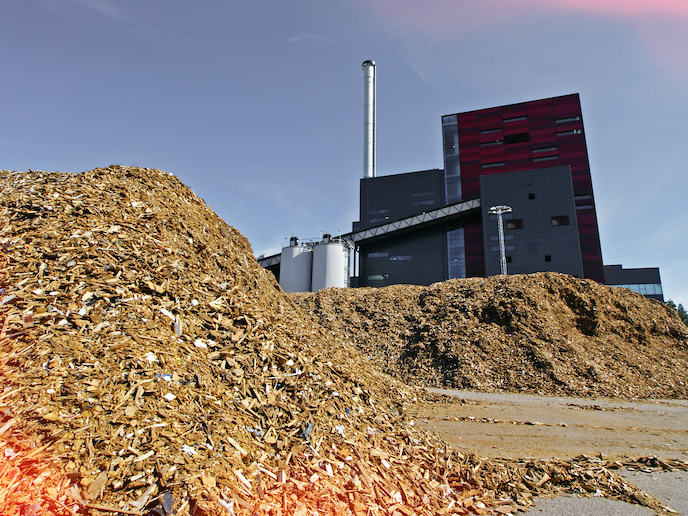Synthetic mesoporous zeolites offer better catalytic performance for biomass
Catalytic pyrolysis is a process for converting biomass such as wood, agricultural or crop waste into a liquid which can be processed, using existing refinery infrastructure, to produce transportation fuels and other useful chemical products. The EU-funded ECOCAT project, undertaken with the support of the Marie Skłodowska-Curie Actions programme, has improved the process by developing and testing a synthetic catalyst in a specially designed experimental unit.
The more active, more selective and higher yield catalyst
Catalytic biomass pyrolysis works by rapidly heating biomass at around 500 ºC in a so-called inert atmosphere, one devoid of reactive gases. As the biomass decomposes, oxygenates are released as vapours. These vapours come into contact with a solid catalyst causing reactions on the catalyst that removes the oxygen from the oxygenates. The vapours are then rapidly cooled and condensed to obtain the desired chemicals. “The catalyst’s role is crucial as it is the removal of oxygen from the oxygenates which produces a product stable enough to be further upgraded to renewable transportation fuels, or other useful chemical products. These can substitute petroleum-derived compounds in many applications such as fuel additives, solvents, plastics and pharmaceuticals,” explains Stelios Stefanidis, project coordinator. As crystalline solids, microporous zeolites are the most common catalysts used. But while their micropores help control the formation of unwanted by-products, they don’t maximise deoxygenation of the vapour oxygenates. Some of the larger oxygenated molecules can’t access the acid sites inside the micropores necessary for deoxygenation, and so only react with those on its external surface. ECOCAT synthesised and tested zeolite catalysts modified to have bigger pores, known as mesopores. These can accommodate larger oxygenate molecules that are ‘cracked’ into smaller elements that then enter the micropores. The team experimented with various treatment conditions for the parent microporous zeolites, alongside varying degrees of porosity and different pore sizes. Several of the synthesised mesoporous zeolites tested were found to consistently exhibit higher deoxygenation activity than the parent microporous zeolites. They also consistently resulted in higher yields of valuable compounds. The powder-form catalysts results were replicated with larger particles, using a clay binder, which would be better suited to the operational conditions of the bigger reactors typically found in commercial-scale processing.
Independence from petroleum-derived products
By utilising local renewable resources and waste to produce biofuels and chemical products, catalytic pyrolysis could replace petroleum-derived products. This would diversify energy resources, reduce greenhouse gas emissions and strengthen local sectors, such as forestry and agriculture. “Companies around the world such as AnelloTech and BioBTX are already seeking to commercialise catalytic pyrolysis. A more active and selective catalyst could reduce the operating costs for catalytic pyrolysis of biomass, making it more competitive and so more commercially appealing, giving it the boost that it needs!” says Stefanidis. To take their work to the next level, the ECOCAT team is seeking funding to test their mesoporous catalysts in larger experimental units for results more representative of commercial scales.
Keywords
ECOCAT, biomass, catalyst, biofuel, zeolites, catalytic pyrolysis, additives, solvents, plastics, pharmaceuticals, fuel

